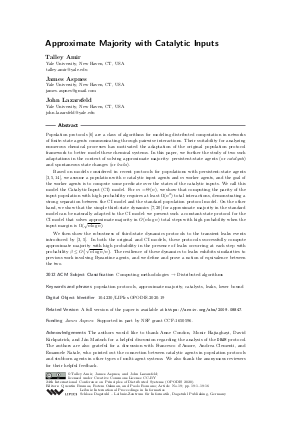LIPIcs.OPODIS.2020.19.pdf
- Filesize: 0.77 MB
- 16 pages

 Creative Commons Attribution 3.0 Unported license
Creative Commons Attribution 3.0 Unported license












Feedback for Dagstuhl Publishing